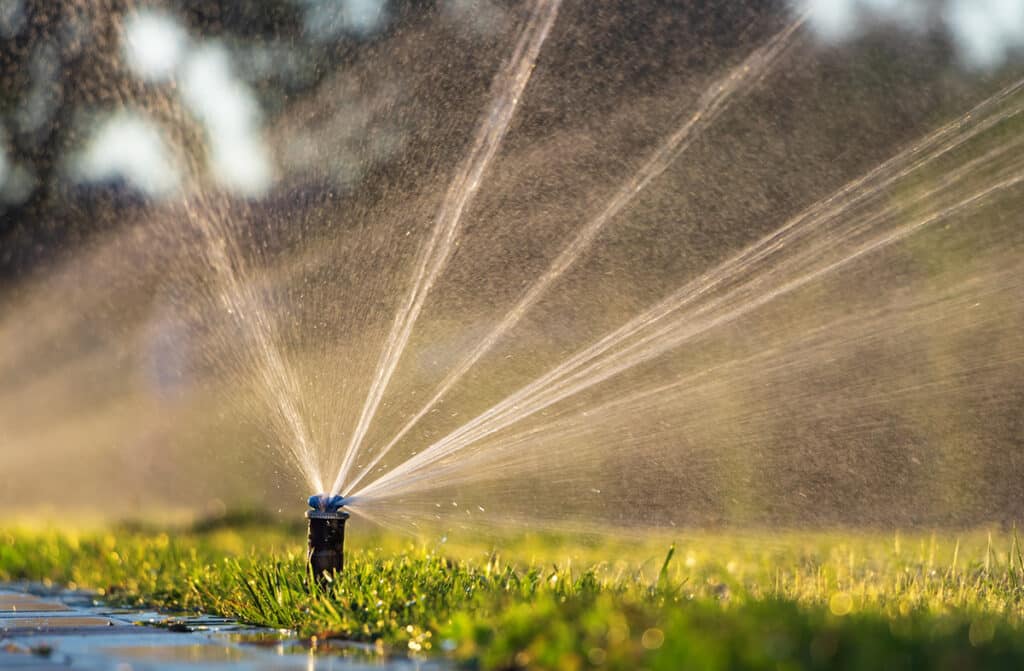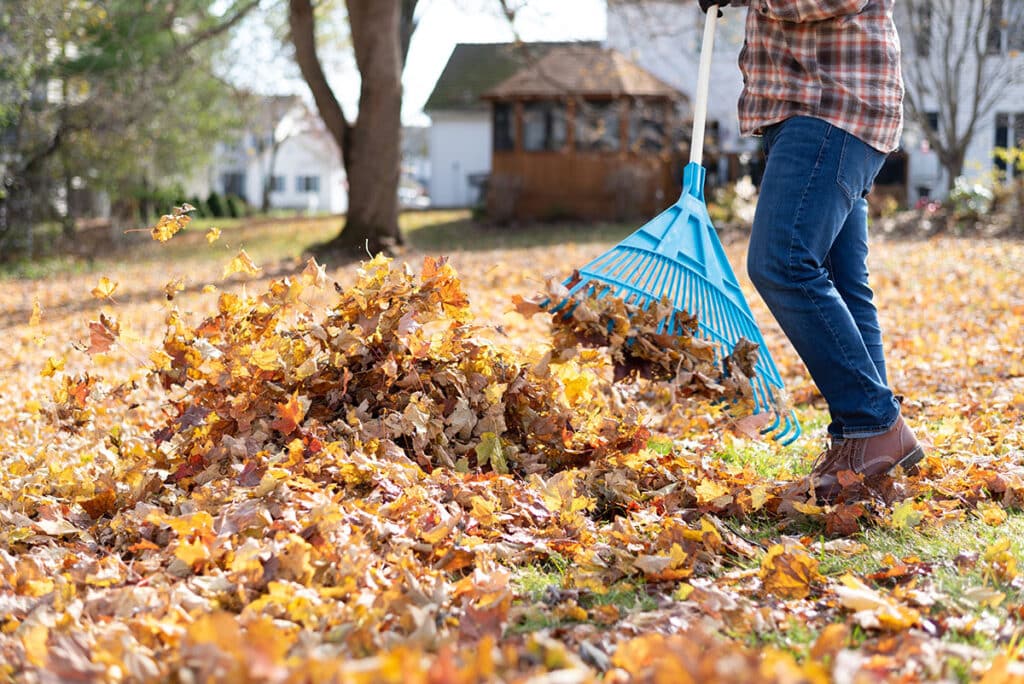Fertilize, aerate, and address any winter damage to prepare your lawn for the growing season.
Spring is a crucial time for lawn care, as it sets the foundation for a healthy and vibrant lawn throughout the growing season. Here are some essential tips for spring lawn care:
Tips
1. Clean Up and Remove Debris
Remove Winter Debris: Clear away any debris, leaves, or branches that may have accumulated over the winter. This allows sunlight and air to reach the grass.
Detach the Lawn: If there is a thatch layer (accumulation of dead grass and roots), consider dethatching using a rake or dethatching machine.
2. Mowing Practices
Adjust Mower Height: Set your mower at a higher cutting height for the first few mowings. This promotes healthier grass by allowing it to establish deeper roots.
Avoid Scraping: Avoid scalping the lawn by removing no more than one-third of the grass blade during each mowing.
Mulch Grass Clippings: Mulch grass clippings back into the lawn to return nutrients to the soil. This also helps with moisture retention.

3. Spring Aeration
Core Aeration: Consider core aeration to alleviate soil compaction and improve water and nutrient penetration. This is especially beneficial in high-traffic areas.
Overseed After Aeration: If your lawn has bare patches, overseed after aeration to promote new grass growth.
4. Fertilize Appropriately
Apply a Spring Fertilizer: Use a balanced fertilizer with a higher nitrogen content for spring. This supports vigorous leaf and shoot growth.
Follow Application Guidelines: Follow the recommended application rates on the fertilizer packaging to avoid over-fertilizing.
5. Weed Control
Preventative Weed Control: Apply pre-emergent herbicides early in the spring to prevent the germination of weeds. Follow the product instructions carefully.
Hand Weed as Needed: Hand-pull or spot treat weeds that emerge despite pre-emergent applications.
6. Soil Testing
Conduct a Soil Test: Perform a soil test to determine nutrient levels and pH. Adjust fertilizer applications based on the soil test results.
7. Watering Practices
Deep and Infrequent Watering: Water deeply and infrequently rather than shallow and often. This encourages deep root growth.
Morning Watering: Water in the early morning to reduce the risk of diseases and allow the grass to dry before evening.
8. Inspect and Repair Irrigation System
Check Irrigation System: Inspect your irrigation system for leaks, clogs, or damaged sprinkler heads. Ensure even water distribution across the lawn.
Adjust Sprinkler Settings: Adjust sprinkler settings based on the specific needs of your lawn and local weather conditions.
9. Address Bare Patches
Reseed Bare Areas: Reseed any bare patches or thin areas in the lawn using the appropriate grass seed for your region.
Keep Seeded Areas Moist: Keep newly seeded areas consistently moist until the grass establishes.
10. Monitor for Pests & Diseases
Inspect for Pests: Regularly inspect the lawn for signs of pests such as grubs or insects. Take appropriate measures if pests are detected.
Disease Prevention: Practice good lawn care practices to prevent diseases, such as improving air circulation and avoiding overwatering.
11. Edge and Define Lawn Borders
Define Lawn Borders: Edge the lawn to create clean borders along sidewalks, driveways, and garden beds. This enhances the overall appearance of the lawn.
12. Apply a Spring Herbicide
Broadleaf Weed Control: Apply a broadleaf weed control herbicide if needed for the suppression of broadleaf weeds like dandelions.
13. Consider Professional Services
Lawn Care Services: If maintaining your lawn seems overwhelming, consider hiring professional lawn care services for specialized treatments and advice.
14. Protect Against Lawn Diseases
Fungicide Application: Apply fungicides preventively if your lawn has a history of fungal diseases or if conditions are conducive to disease development.
15. Protect Against Lawn Diseases
Follow Watering Restrictions: Adhere to any local water restrictions and regulations when watering your lawn.
Final Thoughts
By following these spring lawn care tips, you can promote a lush, healthy lawn that withstands the challenges of the growing season and enhances the beauty of your outdoor space.



